You are responsible for your safety.Natural areas present hazards. Cold temperatures, icy or uneven ground, wild animals, biting insects, and changing weather all pose dangers. Rocks roll, trees topple, and limbs drop without warning. People create other hazards with campfires, traffic, snowplay, and poor decisions. The National Park Service works to reduce risks, but your safety is in your own hands. Keep alert, read warnings, and ask a ranger for advice. 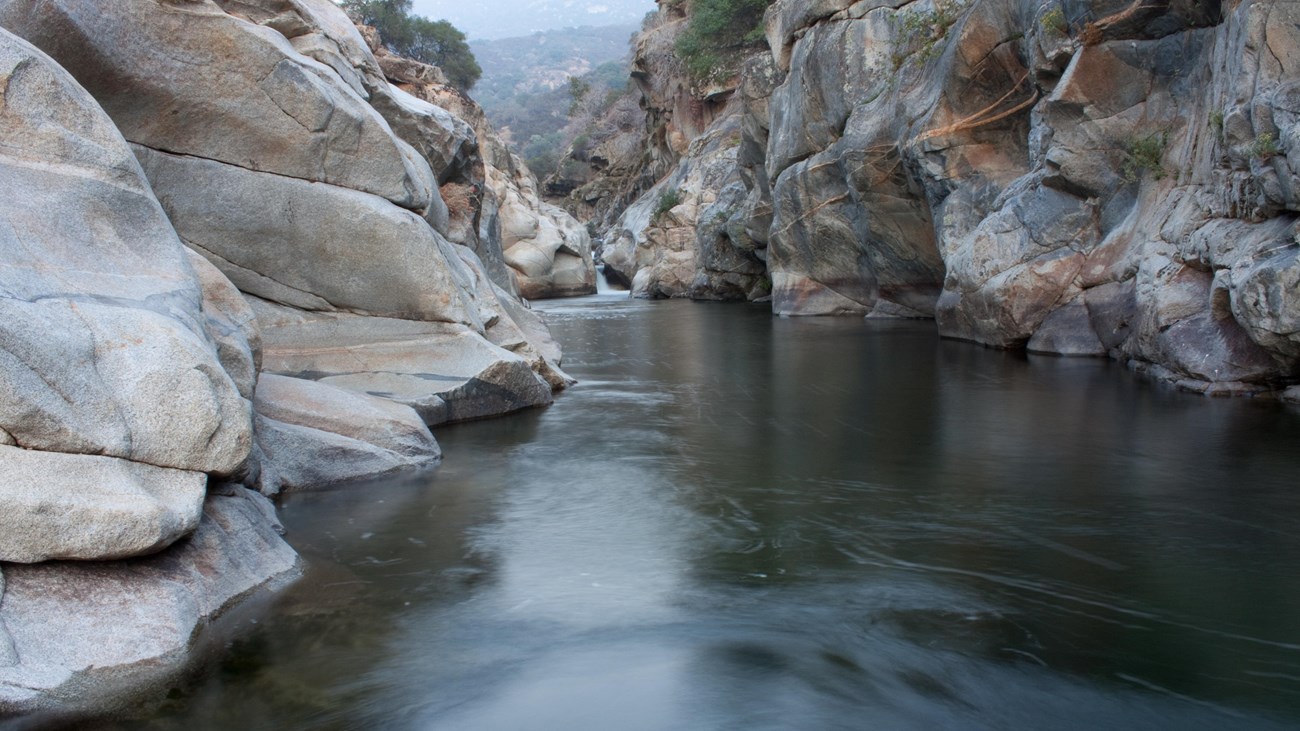
River Safety
The rivers in these parks are powerful and cold, and drowning is our most frequent cause of death. Learn more about river safety. 
Fire Restrictions
Learn what level of fire restrictions the parks have enacted and what they entail. 
Safety in Burned Areas
Want to safely visit the parks after a fire? Learn more about the warnings signs of potential dangers in burned areas. 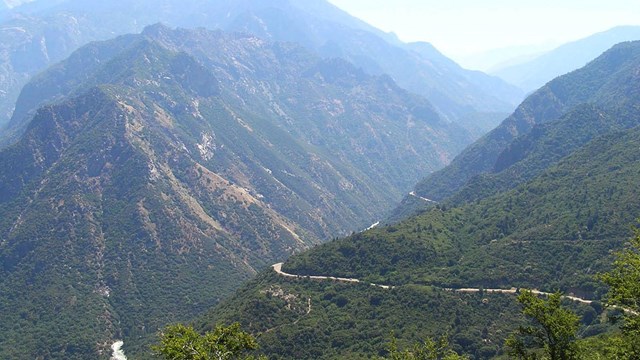
Driving Mountain Roads
Learn to safely navigate park roads, filled with twists, turns, and steep grades. 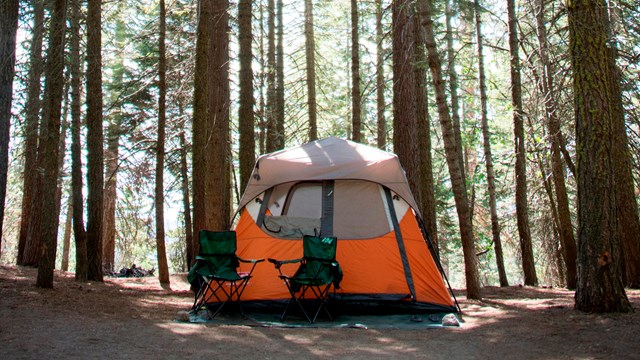
Campground Safety
Watch for hazards such as lightning, falling trees and pinecones, and bears seeking human foods. 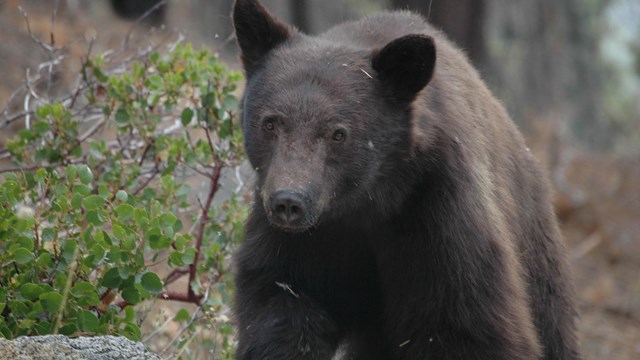
Wildlife Safety
Some of our charismatic creatures, such as bears, can pose a danger to visitors. 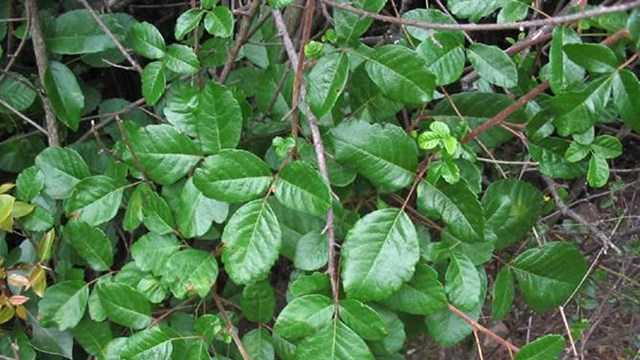
Insect Bites, Diseases, Poisonous Plants
Insects, rodents, and poison oak can be sources of illness and disease. 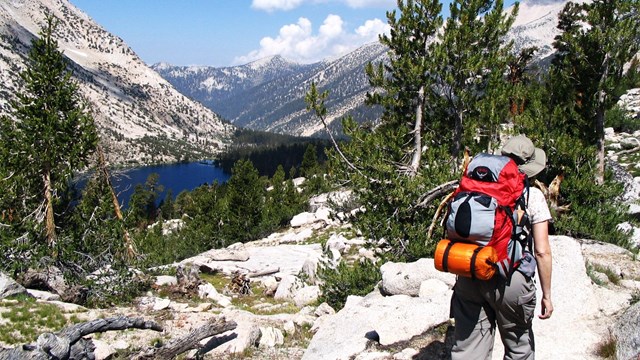
Trail Safety
High-elevation hiking involves risks. Get safety information to prepare for your trip. 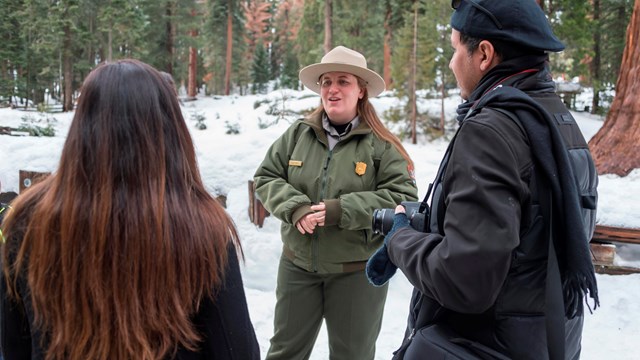
Laws and Policies
Learn about important park regulations on drone use, firearms, and other activities. |
Last updated: May 31, 2024
